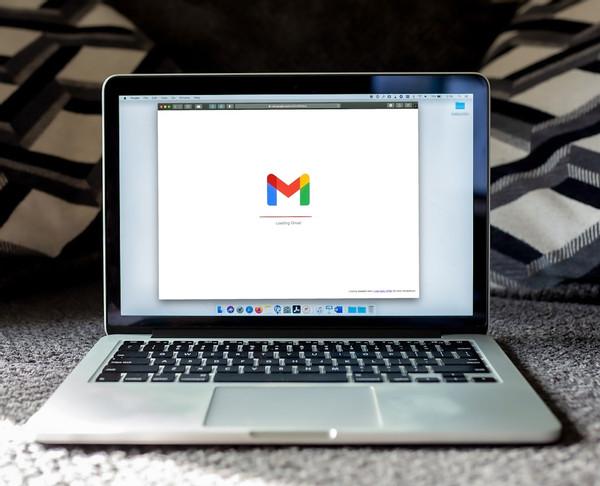How to Negotiate via Email
Curated from: insight.kellogg.northwestern.edu
Ideas, facts & insights covering these topics:
6 ideas
·3.14K reads
22
Explore the World's Best Ideas
Join today and uncover 100+ curated journeys from 50+ topics. Unlock access to our mobile app with extensive features.
Conversational Tones
Think about your e-communication like cholesterol, meaning that there are two kinds of conversational tones: positive and negative.
- Positive-toned communication: phrases such as “This is great,” “I really like . . . ‚” and “Thank you,” through greetings (“Dear so-and-so”) and closings (“Best wishes”), and also in emojis such as smiley faces etc.
- Negative-toned communication: negations and other phrases like “I don’t think . . .” and “This is a problem” and the even harsher “I am not happy with . . ..”
It is the ratio of positive to negative that is really important for our e-communication.
50
599 reads
The Types Of Engagement
According to researchers, three types of engagement can be measured via your words: emotional engagement, social engagement, and task engagement.
Let’s face it: relationship building is more difficult over email than face-to-face. One key to building a relationship via e-communication is to be engaged.
53
590 reads
You And I
As a second step in analyzing your own email communication, count all your pronouns—e.g., “I,” “me,” “you,” “us,” “our,” “we,” etc. Personal pronouns reflect attention to people rather than to objects or concepts.
The more personal pronouns are present, the more people are paying attention to people—themselves as well as others. First-person pronouns are interesting.
54
568 reads
I, Me, Myself
Using a lot of “I, me, mine” words can reflect a neurotic or ruminative self-focus, in natural conversation it often takes the form of hedging (e.g., “I think this might work”). But it also can reflect dominance.
According to researchers, the ideal rank order of personal-pronoun use in negotiation is first: “you,” second: “we,” third: “I,” and fourth: “they.” Your total number of pronouns is a reflection of your social engagement. Also, circle all the verbs (action words) in your email (“work,” “talk,” “meet,” “align,” etc.). These reflect task engagement.
74
498 reads
The Task
Examine at least three exchanges between you and another person, using these three indexes. Are you engaged? Is the other person engaged? On what dimensions: emotional, social, task?
- First, do not begin messages with anything negative. Why? This creates a general gloomy tone and negativity in the other person such that everything that follows will be interpreted as negative. So begin with the positive.
- Second, aim for at least a two-to-one ratio in your positive–negative messaging.
58
466 reads
Putting Pride Aside
People behave differently when they are not face-to-face. They are more negative and, often, more presumptuous, conveying the impression that they are entitled and not easy to work with. This is a problem because excessive pride or hubris harms our ability to locate the sweet spot in any kind of negotiation. If we are unwittingly conveying negative impressions in non-face-to-face interactions, we need a wake-up call!
Excessive pride may blind us to finding sweet spots. People quickly develop impressions of our personalities on the basis of very limited information.
53
421 reads
IDEAS CURATED BY
Makenzie 's ideas are part of this journey:
Learn more about communication with this collection
How to close the deal
How to handle objections
How to present your value to your employer
Related collections
Similar ideas
4 ideas
How to pick a side project strategically
nslookup.io
5 ideas
5 tactics that can help you negotiate with jerks
fastcompany.com
Read & Learn
20x Faster
without
deepstash
with
deepstash
with
deepstash
Personalized microlearning
—
100+ Learning Journeys
—
Access to 200,000+ ideas
—
Access to the mobile app
—
Unlimited idea saving
—
—
Unlimited history
—
—
Unlimited listening to ideas
—
—
Downloading & offline access
—
—
Supercharge your mind with one idea per day
Enter your email and spend 1 minute every day to learn something new.
I agree to receive email updates



